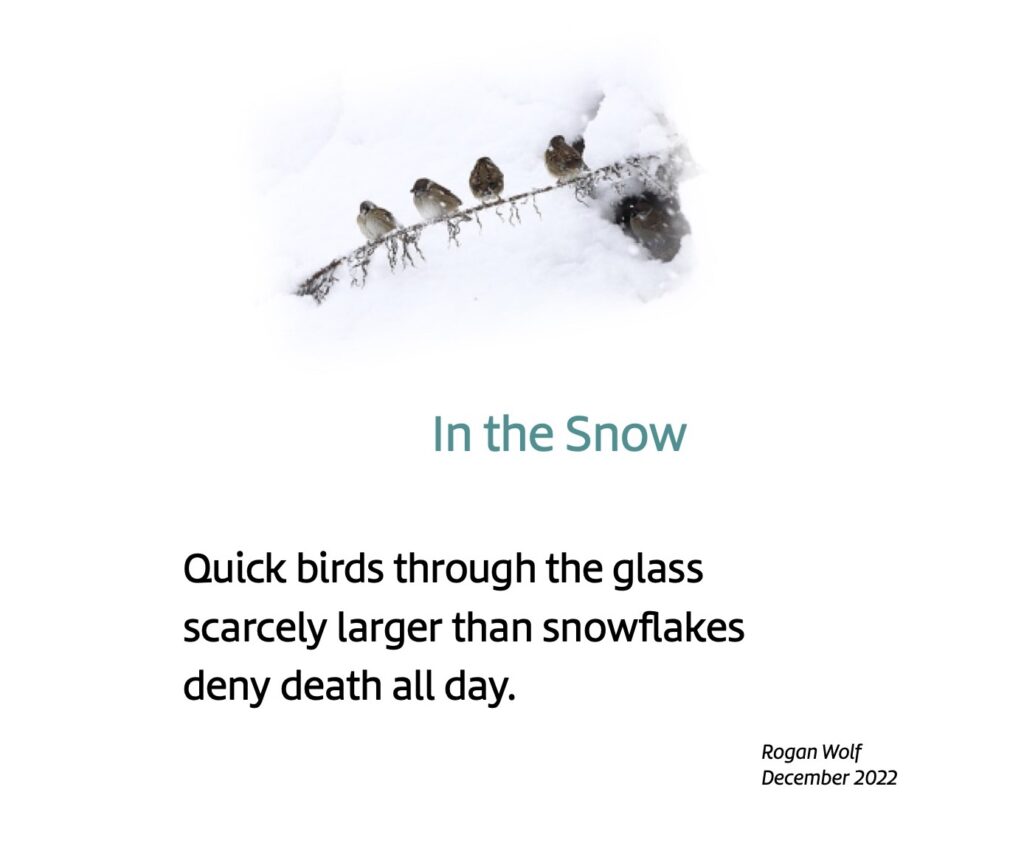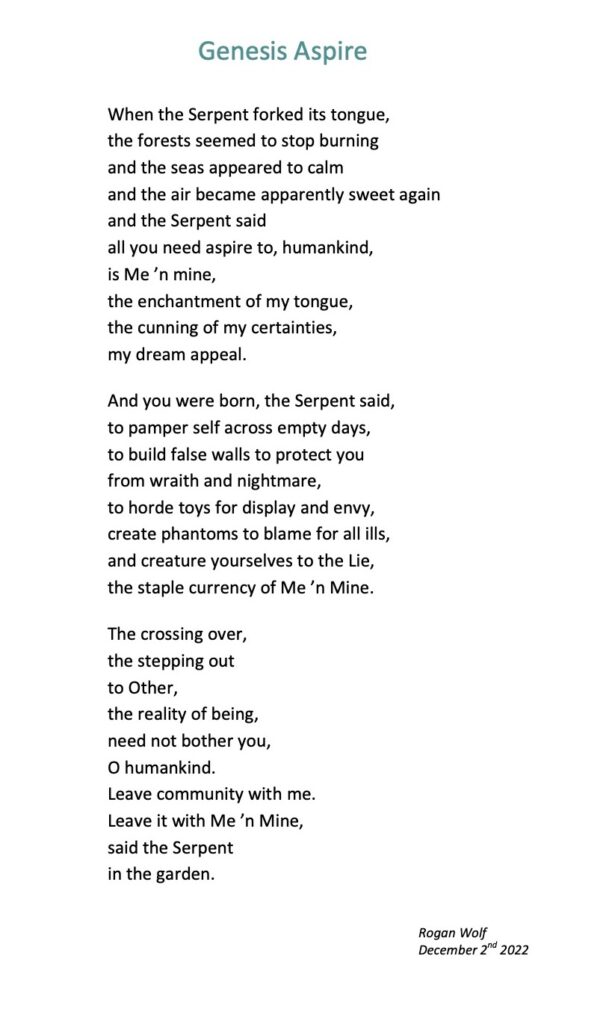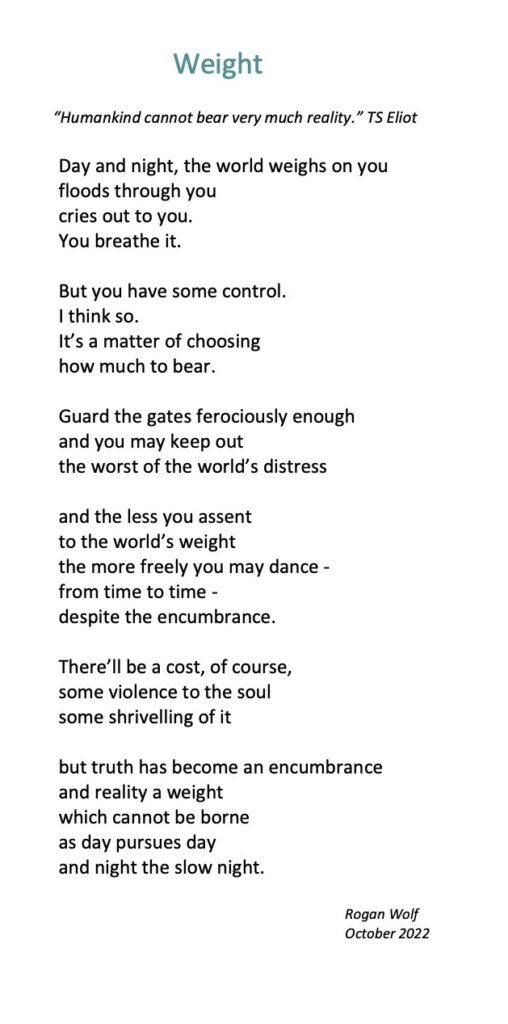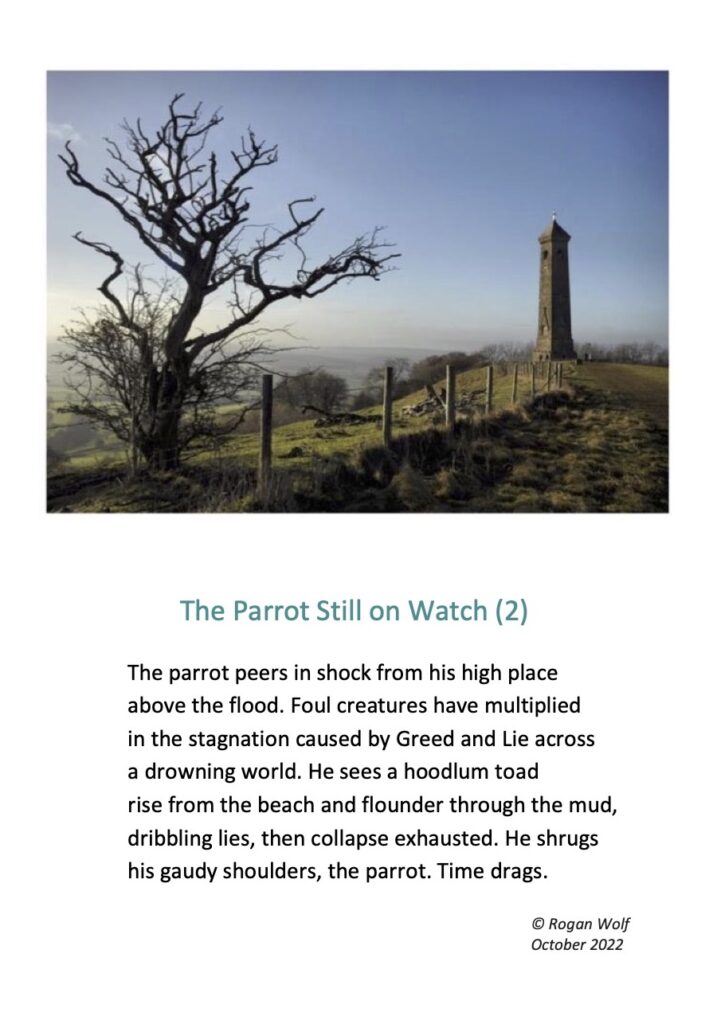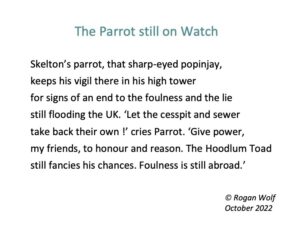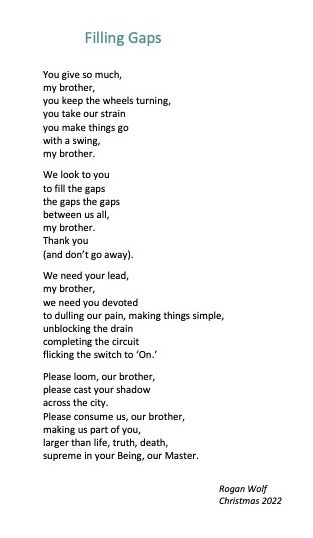
In all our sanctuaries we sit at risk
-
Posted:
-
-
Four New Poems
1/ ‘In the Cathedral‘ is in 5 short parts.
2/ ‘Word-Finding‘ is in 5 short parts.
3/ ‘Dancing in a Daze’ is of 1 part, but there are ‘notes’ overleaf.
4/ ‘Rowing‘ is of one part.
I seem to have stopped spluttering helplessly and hopelessly in prose, in response to present-day developments within and without.
Instead, I have been producing quite a lot of poetry recently, on a range of topics, writing at speed and sometimes in quick succession. Are the new poems worth paying attention to – or are they just another symptom and product of the turmoil and malfunction, alongside so much else ? Are they doctor or patient ? Stepping stone or just more of the flood ?
Rather than set out each poem separately as a post, to be followed by another, and then another, I decided to make a little list of links here, each to a separate poem. Sometimes it’s been one a day.
One obvious difference between prose and poetry, I am reminded, is that in prose you are likely to know more or less what you want to say and why you’re saying it. You feel more or less in charge of what is likely to come next. In poetry, it is not the same. The topics, and also the different ways of addressing those topics, come as if on their own accord, like something suddenly bubbling out of the earth. Not dissimilar to a dream, I suppose. And yet the dreamer is largely at the mercy of the dream, or so it feels, even though the dreamer is also creating the thing. The poet does not feel quite so much at-the-mercy as that, but more like some sailor of a small boat. Come the wind, as it will, in terms both of strength and direction, but then you work with it, using tiller and sail and – if you’re lucky – a bit of knowingness. You find the line of the wind, you run with it or across it, and try to trace a course on the strength of it.
For instance, the ‘In the Cathedral’ poem took me completely by surprise. Was I carrying that all this time ? And what is ‘that’ ? And why ?
I have put the links in chronological order of writing.
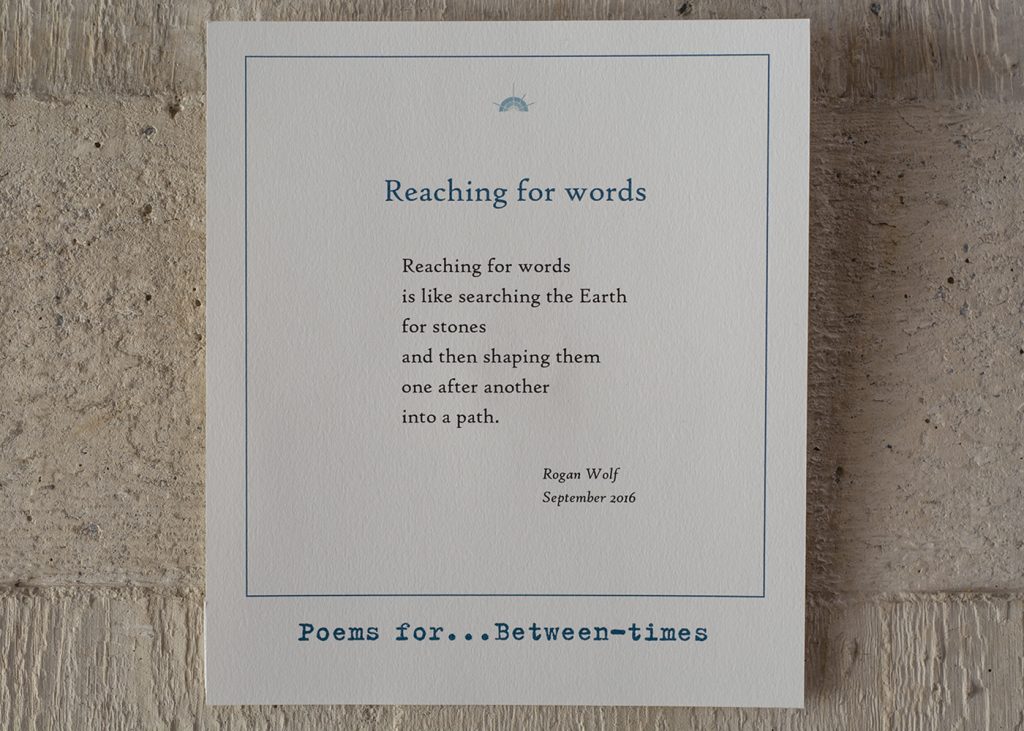
Posted:
-
-
-
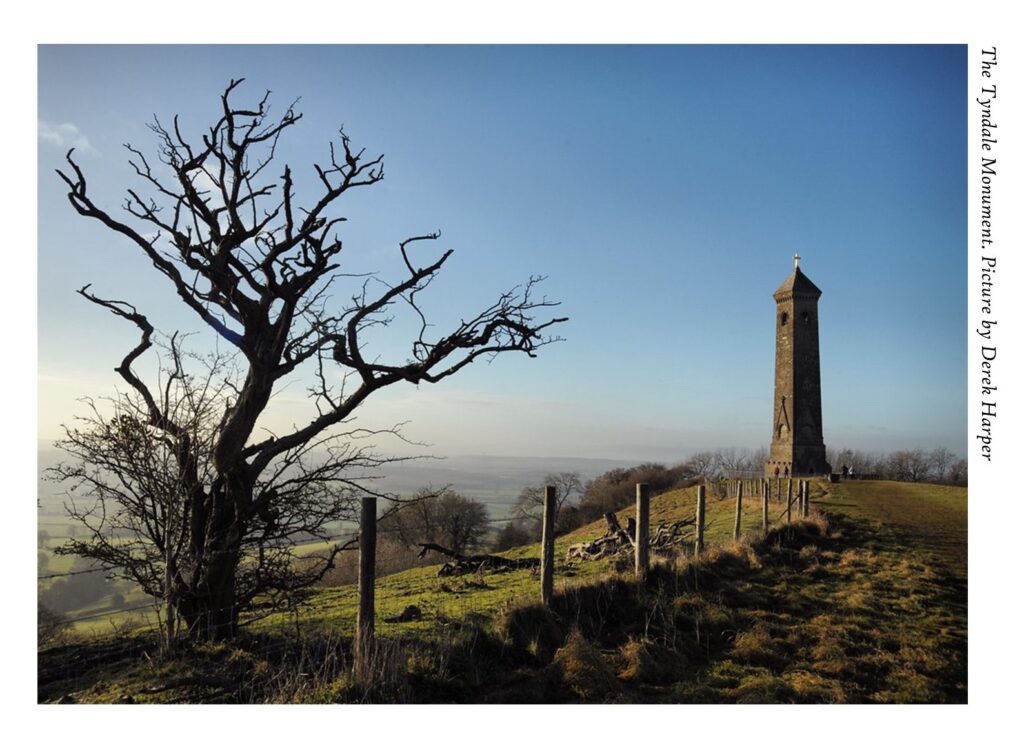
Notes :
The Parrot has been speechless for quite a while now. But in the fairly recent past, leading up to the UK Brexit vote, this bird in a cage had quite a lot to say. See Parrot-Addenda-distilled-2.pdf (roganwolf.com)
The Parrot is an old friend of mine, borrowed from John Skelton, a poet in the reign of Henry 8th. Skelton wrote a longish satire called ‘Speak Parrot,’ all in strict Rhyme Royal – a seven line rhyming stanza. His Parrot is a bird of paradise who ‘speaks all languages aptly.’ Perhaps his cage restricts him. There again, perhaps it protects him. Or is it a rib-cage ? For the parrot must speak the truth and from the heart and that can be a dangerous business and he has to go carefully.
And my present-day Parrot has transferred his cage to the top of the Tyndale Monument (pictured). This was built by the Victorians in honour of William Tyndale, a man who died for his truth. The monument stands on the edge of the Cotswold escarpment, facing due west. The Parrot sees the UK as being covered over and almost overwhelmed by a Great Flood of lies. He is a kind of Noah, riding his Ark, robed in bright colours. He might venture down again from that high tower, when and if the Flood retreats.
The Hoodlum Toad referred to in this latest stanza is of course Alex Johnson (‘call me Boris’), ex-Prime Minister of the UK, sacked for his successive abuses of the nation’s sovereign people (a number of whom, at the time of writing, would seem to want yet more). My title for Johnson is partly in reference to Mr Toad of Toad Hall, a character in Wind in the Willows by Kenneth Grahame. In that book, set in Edwardian times, Mr Toad puffs himself up quite a lot and talks reassuringly to himself in front of the mirror. And there’s also that popular phrase : ‘Lying Toad.’
Posted:
-
Poems for Rising Ten

I run a project called Poems for the wall. A new collection for the project is now complete. It is called Poems for Rising Ten and is for children approaching the end of their time in primary school.
There are 25 poems in this new collection, each one accompanied by art work. In most cases, the images are not literal illustrations as such. I think they offer something actually richer than illustration, carrying or suggesting the spirit of the words, rather than prescribing shapes for them. They are by Rachel Stevens who has given her work free to this project.
These poems/compositions have now been uploaded on the project’s website https://poemsforthewall.org . As with all the other poems on offer there, they are available for downloading free of charge.
The image above shows them enlarged to A3 size and printed onto foamex board. Through the first three weeks of October, they were exhibited in a quiet country church.
Years Five and Six from the local primary school visited and seemed impressed and responded in kind.
At the end of November, the UK Poetry Society advertised the new collection in one its regular newsletters it sends out to schools across the UK.
Here are some initial close-ups of the poems on display, taken by smart phone : https://www.facebook.com/photo/fbid=7949865511750928&set=pcb.7948868918517254
Posted:

